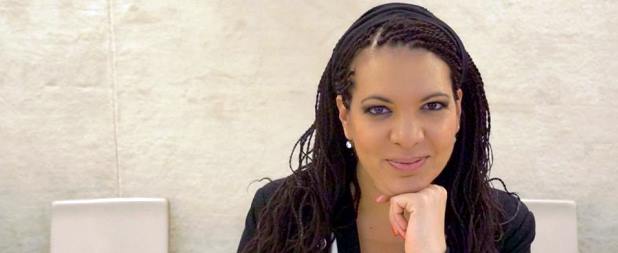(Rita Izsák, Image from face book)
United Nations Special Rapporteur on minority issues, Rita Izsák in her report to the on going 31sst session of Human Rights Council says that three parallel caste systems (Sinhala, Sri Lanka Tamil and Indian Tamil groups) coexist in Sri Lanka. The government of Sri Lanka (GoSL) has responded tot his completely inaccurate statement and invited her to visit Sri Lanka to find out the real situation.
Making a statement at the 31st session the GoSL has said that “especially in the context of factually incorrect reference to Sri Lanka in the Report, we welcome the visit of the Special Rapporteur on Minority Issues to Sri Lanka, as such a visit will certainly enable the Special Rapporteur to engage with all concerned in my country to obtain the factual position in this regard and accurate information which will clarify and clear misconceptions pertaining to the areas mentioned in this report”
The paragraph of the Rita Izsák’s report on Sri Lanka follows:
In Sri Lanka, three parallel caste systems (Sinhala, Sri Lanka Tamil and Indian Tamil groups) coexist; caste discrimination is found in each one. Within the Sinhala system, lower-caste groups, including the Rodi, have low levels of education, suffer extreme poverty and lack of assets and are under continued pressure to pursue hereditary caste occupations, such as removing dead animals and dirt.(19)
In the Sri Lanka Tamil caste system, the bottom stratum is comprised of a myriad of groups collectively labelled as Panchamar and regarded as “untouchables”. Population displacement due to war and the 2004 tsunami has resulted in a large internal displaced population in the Jaffna peninsula, with a disproportionate presence of Panchamar groups now in camps for internally displaced persons.(20)
The caste system among Indian Tamils traces its origins to their arrival to the plantations as indentured labourers during the colonial era and presents unique characteristics, which differ from the traditional Indian caste system. Some features are common, however, including the avoidance of inter-caste marriage and the link between lower castes and greater levels of poverty.
19 Kalinga Tudor Silva and others “Caste discrimination and social justice in Sri Lanka: an overview ” working paper series, vol. III, No. 6 (Indian Institute of Dalit Studies, 2009), pp.3–6.
20 Paramsothy Thanges and Kalinga Tudor Silva, “Caste discrimination in war -affected Jaffna society” in Kalinga Tudor Silva and others, Casteless or Caste -blind? Dynamics of Concealed Caste Discrimination, Social Exclusion and Protest in Sri Lanka (International Dalit Solidarity Network Indian Institute of Dalit Studies and Kumaran Book House, 2009), pp.50-77.
The government statement further says that ” it is completely incorrect to state that people in Sri Lanka are under pressure to follow caste based employment. Untouchability, as stated in the report is not a feature one would find in Sri Lankan society at all. The term “Dalit” has no relevance whatsoever in the context of Sri Lanka. There is no community or caste identified by such nomenclature in Sri Lanka. As pointed out in Paragraph 110 of the Report, the Constitution of Sri Lanka in Article 12(2) specifically prohibits discrimination based on the grounds of race, religion, language, caste, sex, political opinion, place of birth or any such grounds”
